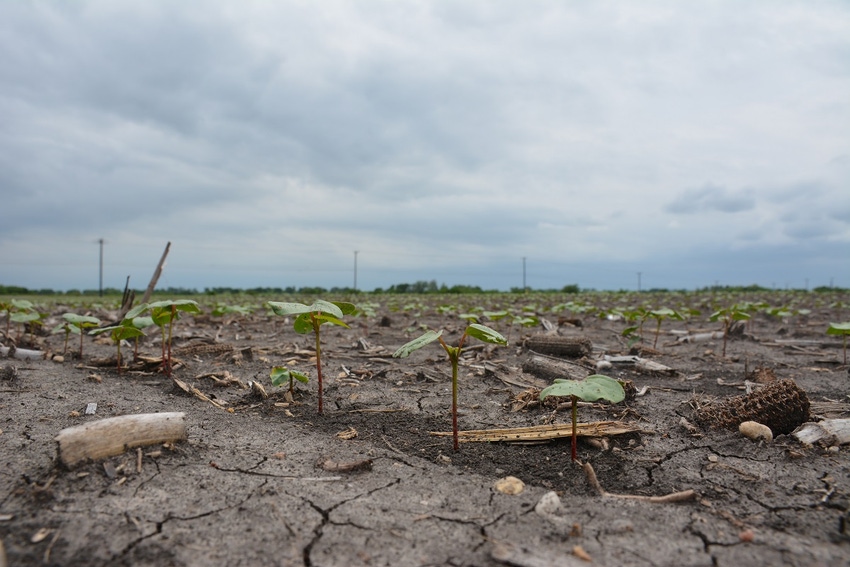May 13, 2015

The May WASDE report from USDA is notable as their first comprehensive, official forecast of U.S., foreign, and world supply and demand variables for the 2015/16 cotton crop. This benchmark report gets a lot of attention by traders and market analysts.
The first and probably the most important detail in the May report is that it officially forecasted a closing of the gap of excess world production over consumption that has persisted since the 2011 crop. USDA expects 115.29 million bales of world consumption, but only 111.25 million bales of world production. Even taking into account a historically huge 110 million bale carry-in, the bottom line of USDA’s forecast is a whittling down of 2015/16 ending stocks by about four million bales, to 106 million. That still leaves a historically huge level of ending stocks, but it is at least a step in the right direction. Such a change suggests that world prices might be a little higher for the 2015 crop, say with an A-index in an upper 60s to upper 70s cent range.
USDA’s new crop U.S. numbers suggest a neutral ending stocks outcome. That means they are projecting 4.4 million bales of ending stocks for the 2015 crop, which is the same as what we’ll probably have for the 2014 crop.
For the latest on southwest agriculture, please check out Southwest Farm Press Daily and receive the latest news right to your inbox.
But a lot of moving parts and uncertainties underlie the 2015 outcome. For starters, USDA is necessarily relying on historic average abandonment and yield, combined with the March 31 prospective plantings, to arrive at a forecast of 14.5 million bales of U.S. production. They did make some adjustment in their abandonment and yield forecasts to account for the greatly improved moisture situation in Texas.
Possibilities
I cannot, and would not, throw stones at the USDA outlook. But since it is early, a lot of possibilities remain to play out. Here are a few. First, the actual planted acreage may be a little different from the prospective plantings. This could happen from growers switching to grain because of the improved moisture. And it may happen because intended cotton acres could not be planted due to excess moisture. For example, a lot of prevented planting has been reported in the Gulf Coast region. Whether that ground gets planted to anything, and to what, remains to be seen.
Second, if the 2015 season turns out to be a strong El Niño year, the abandonment of planted cotton acreage may be lower and the yield may be higher. The last two El Niño years (2007 and 2010) saw abandonment rates one-third the adjusted ten year average values that USDA is currently assuming. Similarly, the average of 2007 and 2010 U.S. cotton yields was 822 pounds per acre. If we have similar abandonment and yield in 2015, we could wind up with closer to 16 million bales of production. I would consider that on the high end of possible production outcomes, but still a possibility.
I expect we will see something in the 15 million-bale range for U.S. production, which would only reinforce the neutral stocks and price outcome. That suggests no fundamental reason for cotton prices to trade in a different range than we have already seen, i.e., futures in the mid to upper 60s and cash prices in the upper 50s to lower 60s.
Third, a strong El Niño year is often associated with drought for certain foreign cotton producers like Australia, India, and West Africa. USDA is forecasting lower 2015 production from these regions, but I cannot tell whether that is only from reduced plantings or incorporates expectations of drier growing conditions. If we do see drier conditions than expected in those regions, this could reinforce the reduction in foreign production and tighten up both the world balance sheet as well as the U.S. export forecast.
For additional thoughts on these and other cotton marketing topics, please visit my weekly on-line newsletter.
About the Author(s)
You May Also Like




